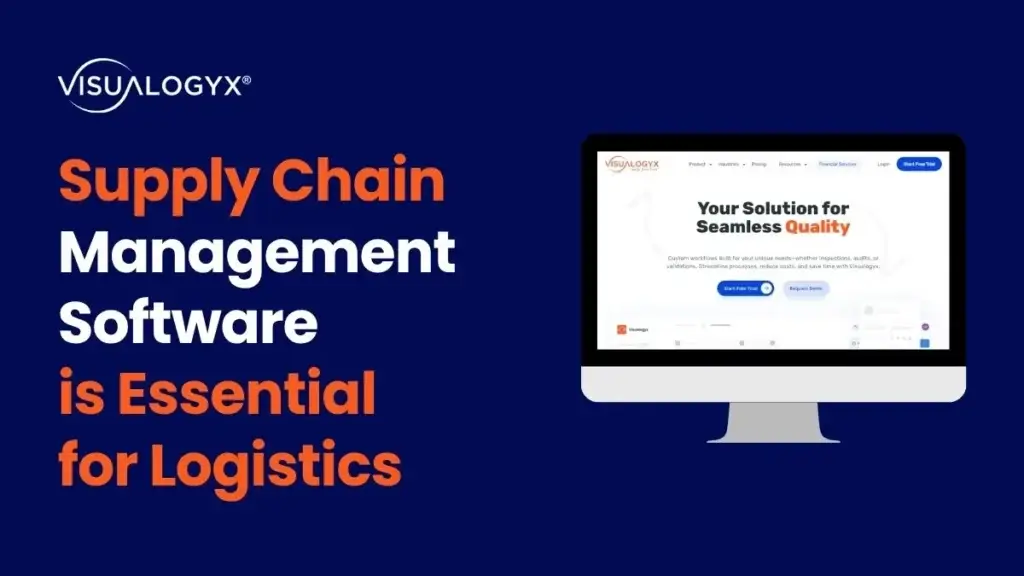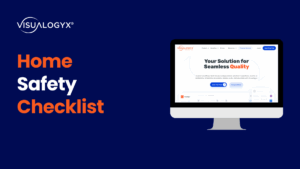What is Asset Inspection?
Asset inspection isn’t just a routine check-up; it’s the heartbeat monitor for critical equipment and infrastructure. Think of it as giving your assets a thorough health check, from the towering cranes at a construction site to the intricate machinery in factories. It’s the detective work that spots the early signs of wear and tear, ensuring everything runs smoothly and safely. In our tech-driven age, asset inspection has gone digital. Modern software doesn’t just spot problems; it predicts them, turning mere observations into actionable insights.
Why is Asset Inspection important and how does it improve the longevity of assets?
Asset inspection is the heartbeat of any successful operation, guaranteeing not only the longevity and safety of equipment but also uninterrupted productivity and performance.
Inspecting assets is paramount to not just ensuring their functionality but also prolonging their life and getting the maximum value out of them. Here are the key points that underscore the importance of inspection in protecting assets and extending their usable life:
- Early Detection of Issues: Regular inspections help identify minor issues before they escalate into major problems, ensuring timely interventions.
- Prevention of Unplanned Downtime: Detecting and addressing potential failures in advance can prevent unplanned outages, thereby maintaining productivity.
- Enhanced Safety: Inspections ensure that assets are operating within safe parameters, reducing the risk of accidents or dangerous malfunctions.
- Optimized Maintenance Scheduling: By identifying wear and tear or other issues, inspections help in scheduling predictive and preventive maintenance, ensuring assets are serviced only when necessary.
- Extension of Asset Lifespan: Addressing issues promptly and ensuring regular maintenance can significantly extend the usable life of an asset, delaying the need for replacements.
- Cost Savings: Proactively managing and maintaining assets based on inspection results can lead to substantial savings in repair costs, replacement expenses, and potential losses from halted operations.
- Improved Reliability: Regularly inspected assets are less likely to fail, leading to more consistent operational outputs and performance.
- Compliance with Regulations: Many industries have standards and regulations requiring regular inspections to ensure assets meet safety and operational criteria. Keeping up with these inspections avoids legal repercussions and potential fines.
- Increased Resale Value: Well-maintained and regularly inspected assets often have a higher resale value as their condition can be vouched for, benefiting businesses during asset turnover.
- Data-driven Decision Making: Inspections provide valuable data, helping businesses make informed decisions about asset management, replacement, or upgrades.
The Age of Manual Asset Management
Origins and Methodologies:
Asset management has ancient roots. Whether it was a merchant keeping tabs on his goods or landowners tracking their property, asset management in its most primitive form was always crucial. The tools of the trade? Pen, paper, and human memory.
Journey back to a time before the digital dazzle of today’s tech-driven world, and you’ll find the meticulous art of traditional asset inspection. Imagine inspectors, not armed with advanced gadgets, but with trusty clipboards and keen senses, embarking on their investigative tasks. Logs were chronicles, carefully preserved in thick binders, telling tales of wear, tear, and endurance. Although undeniably simplistic in its hands-on approach, this method wasn’t without its quirks. Human memory could falter, the written word could smudge, and subtle signs could be overlooked.
Challenges:
While these traditional methods were foundational, they weren’t without their challenges:
- Time-consuming: Regular manual checks, yearly inventories, and audits took a considerable amount of time.
- Human Error: With reliance on human memory and manual data entry, inaccuracies were inevitable.
- Limited Accessibility: Information was typically centralized in ledgers or files, making remote access and sharing virtually impossible.
The Dawn of Digitization
With the advent of computers and digital spreadsheets in the late 20th century, asset management saw its first major shift. Spreadsheets allowed for more organized record-keeping and reduced manual calculation errors. While this was a significant step up from entirely manual processes, it was still a far cry from the intelligent solutions available today.
The Rise of Asset Inspection Software
Features and Benefits:
In the 21st century, asset inspection software began to emerge, addressing many pain points associated with older methodologies. In the ever-evolving dance of modern business, Asset Inspection Software takes center stage orchestrating a balance between assets and their optimal performance and transforming mere data into actionable insights.
Benefits of Asset Inspection Software:
- Proactive Oversight: The software flags potential problems even before they play out, ensuring timely interventions.
- Automated Precision: The software can automatically schedule, monitor, and record inspections.
- Holistic Views at a Glance: Imagine the ability to view all your asset’s performance, and health, all on a single dashboard.
- Cost Efficiency: By catching the offbeat notes early, businesses can avoid the heavy costs of major breakdowns or replacements.
- Safety Amplified: Ensuring assets operate within safe parameters, the software acts as a shield against accidents or malfunctions.
- Data-Driven Decisions: With real-time data and analytics, it guides businesses in making informed choices about asset maintenance, retirement, or acquisition.
- Extended Asset Lifespan: The software’s insights can prolong an asset’s life by ensuring it’s cared for in the right place and at the right time.
- Streamlined Compliance: Complying with industry regulations becomes effortless as the software ensures assets are always in sync with set standards.
Comparative Analysis: Traditional vs. Software-Driven Approaches
- Speed:
Traditional: The speed of inspections, data logging, and analysis is inherently slower. Inspectors physically visit sites, manually log information, and often communicate findings verbally or through handwritten reports. The turnaround time from identifying an issue to implementing a solution can be lengthy.
Software-Driven: Automation and real-time data collection drastically speed up inspections. Digital tools instantaneously log, analyze, and communicate issues, often alerting relevant personnel immediately, enabling rapid response.
- Scalability:
Traditional: Scaling operations, especially across multiple sites or increasing assets, is challenging. More assets mean more manual checks, leading to hiring more personnel and increasing the likelihood of inconsistencies or oversights.
Software-Driven: Software solutions easily scale with business growth. Whether you’re managing ten assets or ten thousand, the system can handle and streamline the processes with consistent efficiency.
- Data Depth:
Traditional: Data collection depth is limited to what inspectors can manually record. There’s often a lack of historical data comparison, trend analysis, or predictive insights. Most observations are surface-level unless detailed studies are commissioned.
Software-Driven: These solutions not only log current data but also store historical data, allowing for deep trend analysis. Advanced algorithms can predict potential future issues based on past and present data, offering a depth of understanding previously unreachable.
- Decision-making:
Traditional: Decisions are often based on recent inspections, personal experiences, or intuition. While this can sometimes hit the mark thanks to seasoned inspectors, it’s also susceptible to human error.
Software-Driven: Decision-making becomes data-driven. Managers and technicians receive detailed insights, analytics, and even predictive information, enabling more informed and strategic decisions. The risk of oversight or human error diminishes.
Why and How Inspection Software is More Efficient:
The software-driven approach, when compared side-by-side with traditional methods, clearly showcases its superiority in efficiency, precision, and adaptability. While the traditional method has its merits and can be deeply rooted in experience, the future lies in leveraging technology.
Software-driven asset management reduces human error, adapts to the ever-evolving needs of businesses, and offers deep insights that were once considered unattainable. It’s not just about replacing human touch but augmenting it, taking the foundation laid by traditional methods and elevating it with the precision of technology. As businesses grow and assets become more complex, the need for a robust, efficient, and insightful approach becomes undeniable. In this arena, software-driven asset management emerges as the undisputed champion.
Conclusion
The journey from manual methods to sophisticated asset inspection software is a testament to humanity’s relentless pursuit of efficiency and innovation. As we reflect on this evolution, it becomes clear that embracing modern software-driven approaches isn’t just a matter of staying current; it’s about optimizing resources, ensuring accuracy, and making data-driven decisions that propel businesses into the future.
From the simple ledgers of yesteryear to the dynamic, cloud-based solutions of today, asset management has certainly come a long way. And as technology continues to advance, it’s exciting to imagine what the next chapter in this evolution will look like.




